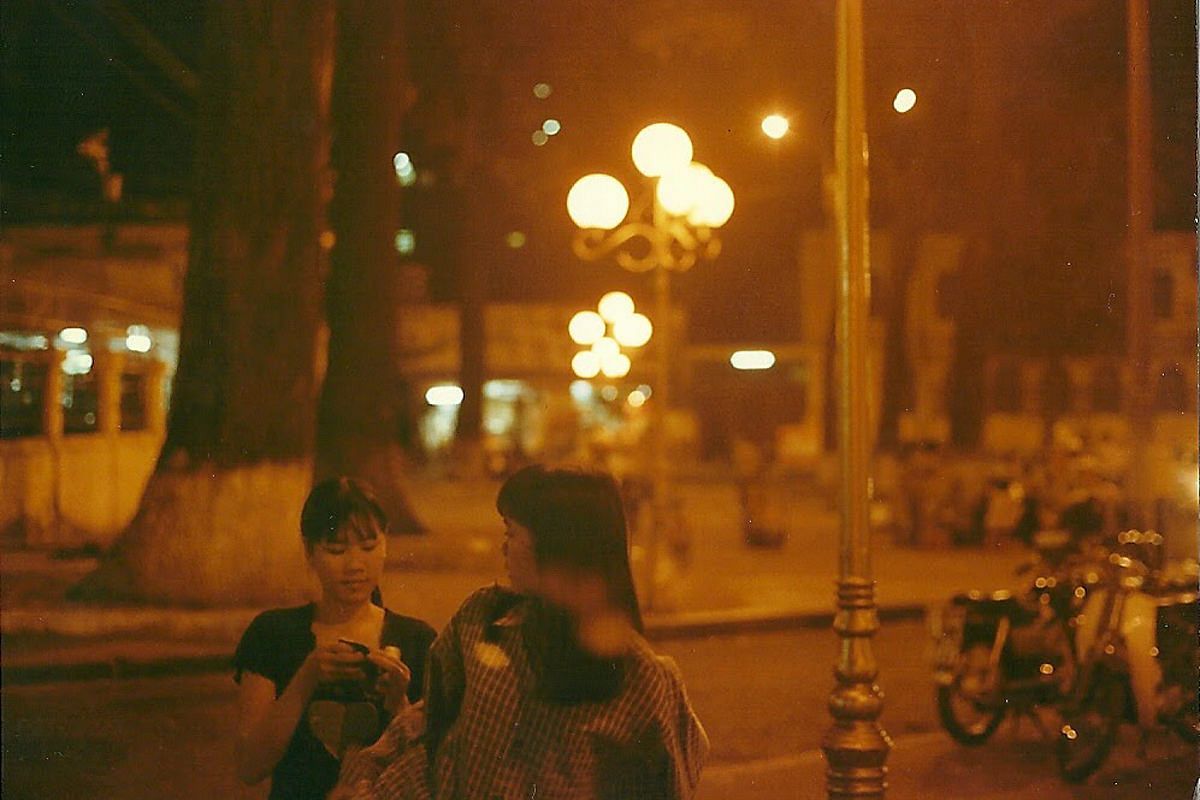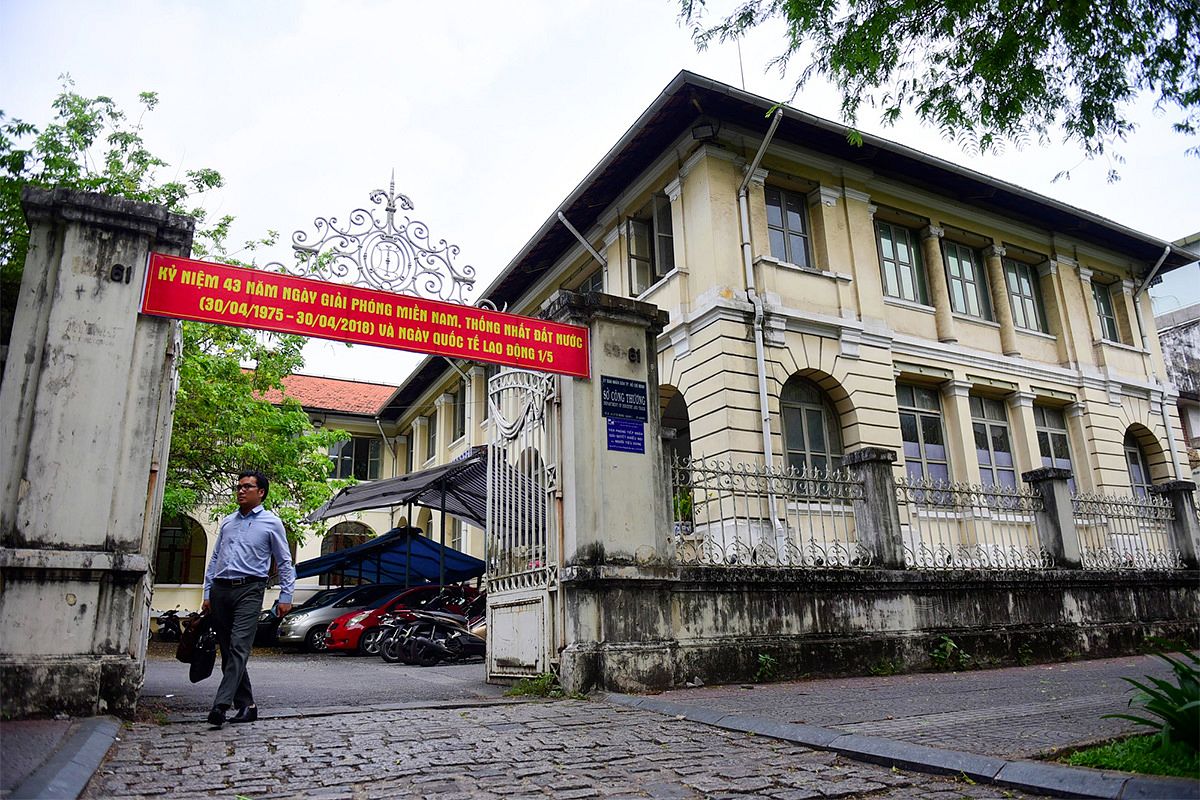Ba Chieu is an old, bustling local market with nostalgic charm. Built in 1942 in what is today’s Binh Thanh District, Ba Chieu Market has remained largely the same despite Saigon's rapid urbanization and development. However, even nearby residents know little about the history of the market and why it is named Ba Chieu.
There are several theories linking the venue’s name to a woman called Chieu. Location-wise, Cho Ba Chieu is adjacent to Lang Ong, or the Old Man's Tomb, and people commonly refer to this area as Lăng Ông Bà Chiểu, meaning “the tomb of the Chieu couple”. The confusing moniker has resulted in another common misunderstanding that the two landmarks, or even the two figures – the Old Man and Ba Chieu – are related. However, this is not the case.
While historical records show that the Old Man mentioned here is General Le Van Duyet, former viceroy of southern Vietnam under Emperor Gia Long’s rule, it is a tall order to verify Ba Chieu’s true identity.
According to VnExpress, scholar Petrus Ky hypothesized that Ba Chieu was one of the five wives of Nguyen Ngoc Thang, who is better known by the name Lanh Binh Thang. A 19th-century general under Emperor Tu Duc, Lanh Binh Thang was among the first people to revolt against French colonialism in the south. The Ong Lanh Bridge, which connects District 1 with District 4 through Nguyen Thai Hoc Street, is named after him.
Rumor has it that Thang had five wives. In order to occupy each of his brides, Thang decided to establish five different markets for his wives to run and named them after each of the women. People now refer to these five markets by the name of the woman who managed it: Ba Hat, Ba Queo, Ba Hom, Ba Diem and Ba Chieu. The former four are located in District 10, Tan Binh, Binh Tan and Hoc Mon, respectively. Besides generating revenue for the family, these markets were also a ploy to keep Lanh Binh Thang’s wives from bumping into each other too frequently.
However, academic Vuong Hong Sen disagrees with this hypothesis. He maintains that Ba Chieu could be a local samaritan who offered the land to establish the market or was simply the first merchant in the area. Still, there is insufficient evidence to support the relationships between these individuals.
Writer and journalist Son Nam, who has penned many books about culture in southern Vietnam, also disagrees with the five wives theory. However, unlike both Petrus Ky and Vuong Hong Sen, who surmise that Ba Chieu was a person, Son Nam believes that chiểu was a new word for “pond” which did not exist until Emperor Tu Duc’s time. Therefore, Ba Chieu could refer to the goddess of a pond.
While the origin stories of many old Saigon venues are fascinating, these histories often dabble in urban legend and with limited documentation available from Saigon's earlier years, the actual history of many old Saigon buildings is difficult to verify.
Today, Ba Chieu Market is a well-known landmark among Saigoneers, however there are rumored plans for redevelopment of the space.

















